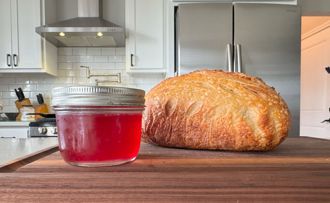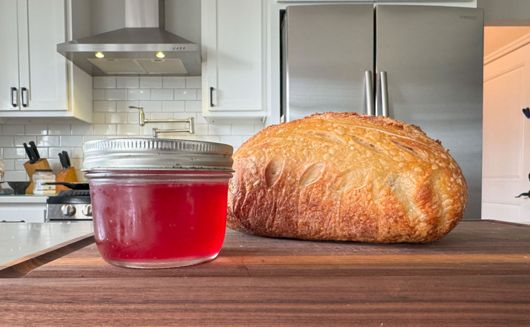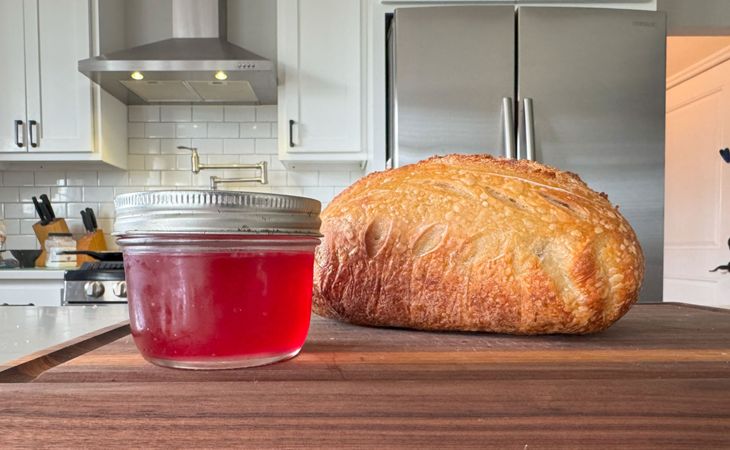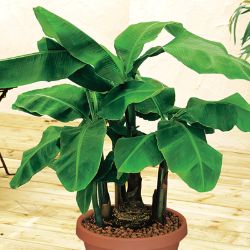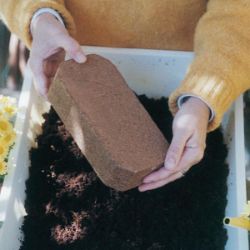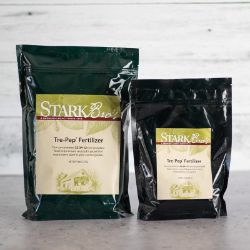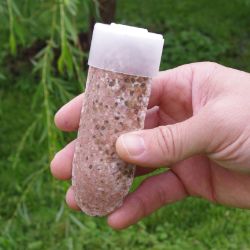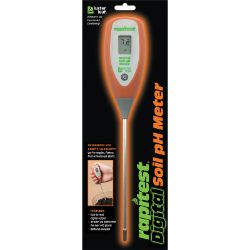Pest & Disease Control for Banana Plants
Every plant has the future potential for disease and insect damage. Factors such as location and weather will play a part in which issues your plants encounters. If available, disease-resistant varieties are the best option for easy care; and for all types of plants, proper maintenance (such as watering, pruning, spraying, weeding, and cleanup) can help keep most insects and diseases at bay.
NOTE: This is part 7 in a series of 11 articles. For a complete background on how to grow banana plants, we recommend starting from the beginning.
Pananma Wilt
Symptoms are yellowing of lower leaves, including leaf blades and petioles.
Natural Control
- Severely affected plants should be uprooted and burnt.
Other Control Options
- Consult County Extension Agent
Leaf Spot
Appears as light yellowish spots on the leaves, small number will enlarge, become oval and color changes to dark brown. The center of the spot dies turning light grey surrounded by a brown ring. Severe case can kill the large parts of the leaf.
Natural Control
- Good drainage, weed control, correct spacing is recommended and removal of diseases suckers.
Other Control Options
- Consult County Extension Agent
Anthracnose
Appear as large brown patches covered with a crimson growth of the fungus. Fruit turns black and is shriveled.
Control
- Consult County Extension Agent
Crown Rot
Blackening of the crown tissue spreads to the pulp through the stalk resulting in rotting of the infected portion and separation of the fingers from the stalk.
Control
- Consult County Extension Agent
Aphids
They are the size of a pinhead and vary in color depending on the species. Cluster on stems and under leaves, sucking plant juices. Leaves then curl, thicken, yellow and die. Produce large amounts of a liquid waste called “honeydew”. Aphid sticky residue becomes growth media for sooty mold.
Control
- Consult County Extension Agent
Banana Weevil
Adult weevil is about ½ inch long with hard shell and small snout protruding from their heads. Female lays eggs in holes at the base of the plant. Weevil does damage by burrow and tunnel into the plant roots and stems.
Natural Control
- Trim any weak or damaged plants and remove any dead plant debris from the soil.
- Mulch around the base of plant will help prevent females from laying eggs.
Other Control Options
- Consult County Extension Agent
Mites
Pinpoint size, many different colors. Found on undersides of leaves. Sap feeding causes bronzing of leaves. Severe infestations have some silken webbing.
Natural Control
- A strong stream of water from your garden hose can help control mites and keeping plants properly watered.
Other Control Options
- Consult County Extension Agent
Nematodes
Small worms that feed on roots and foliage depending on the insect. Root feeder burrow into the root system and eat the roots causing reddish-brown lesions, leaves will turn brown and wilt. Foliage feeders produce lesions on leaves.
Natural Control
- Remove and destroy infested plants, plant resistant varieties.
Other Control Options
- Consult County Extension Agent

